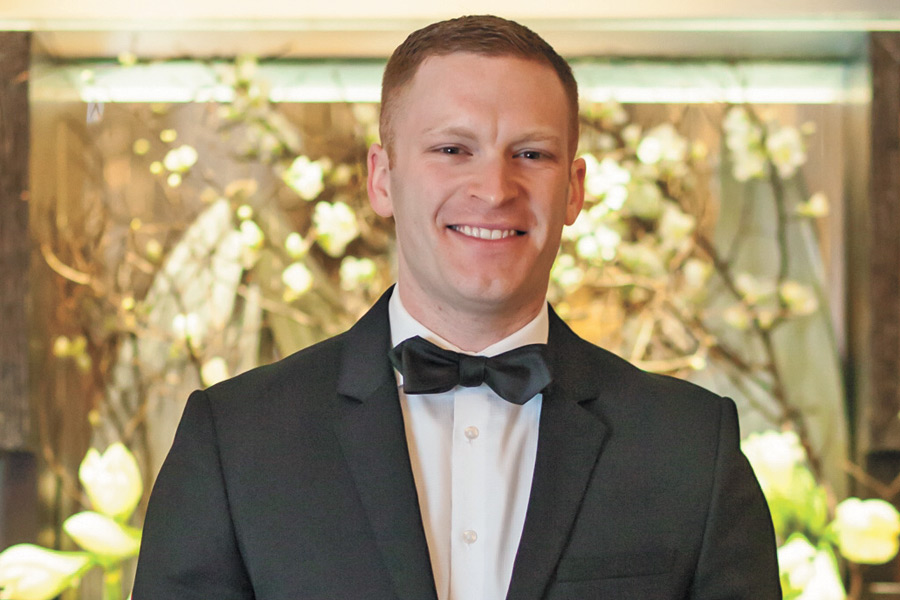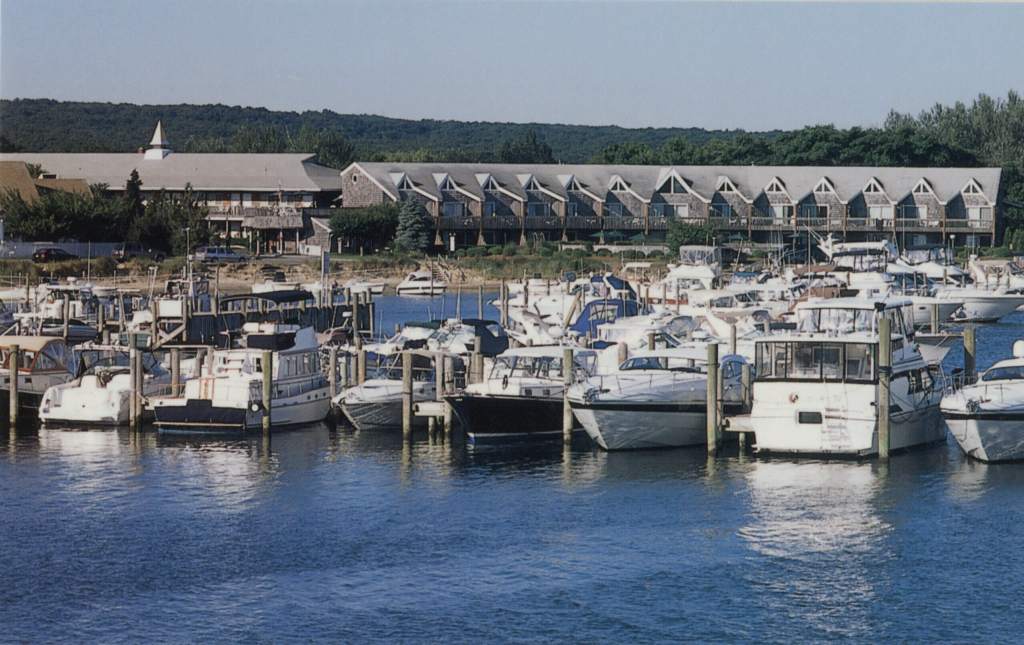Top New York Sommelier Garrett Smith Discusses North Fork Wines

We chatted with Garrett Smith, sommelier at the world-renowned, Michelin-starred restaurant Daniel in New York, about what to look for when shopping for North Fork wines. Daniel is of course owned by and named for Chef Daniel Boulud, a regular visitor to the East End.
Can you highlight some of your favorite North Fork wines?
Bedell, Macari and Paumanok stand out. I think the wines of Macari and Bedell are excellent from the top to bottom of their respective portfolios. Their Chardonnays are a fond reminder of some Oregon examples, which have the cool-climate brightness to them but are touched with that California-esque hint of new oak, giving a supple roundness and warmth to them. For me, the most interesting wines from Long Island are always the Cabernet Franc-based wines, as this resilient grape was the one thing produced in Connecticut that I could stomach regularly. If you like fruit mixed with a subtle natural spice these wines are right up your alley. If you’re one who likes to hunt, roast up some pheasant or quail with herb-roasted potatoes, it’s perfect.
Now, Paumanok makes some stellar still wines, but the one that I will always remember is their dessert-style Riesling. With a dessert of sautéed apples or honey glazed pears this is a perfect pairing. Not too often do we find a well-made Riesling with authentic botrytis-touched fruit. The “noble rot” gives an intense white flower and honeyed essence to the wines, while providing concentrated acidity to balance that sweetness.
The wines of the North Fork are largely of great value for consumers, as the production costs don’t approach those of California wines of similar quality. To get the best, you should always taste what’s in front of you and trust in local quality. No one wine is right for everyone, but I feel like there is one wine for each person to enjoy in the North Fork wine region.
What are the most important skills that a sommelier needs?
Wine is an ever-changing creature. It’s always fascinated me that if I open a bottle tonight, as opposed to tomorrow, the taste could be infinitely different. Food and wine together are beautiful because every single person on this planet has a different palate. A sommelier should have a firm grasp on a chef’s menu and be able to come up with at least one safe pairing in a millisecond. They should know their own list in and out in terms of the flow and not be fumbling through pages. I find the role of a sommelier is becoming more prominent in society and with that comes the fright of asking for help; there’s no judgment—it doesn’t matter if your needs are for a $25 or a $26,000 wine. There is no better. It’s just what you like.
How do you assess quality?
Quality is tricky. What’s good to me might be garbage to my coworker whose palate is completely different. That said it’s important that I make sure every bottle I open is free of flaws. Flaws include oxidation, maderization, and “corked” wines. Once those are past us, we want to make sure it’s what we expected, and hopefully more. For example, a 1982 Bordeaux should still show good bits of red fruit, some earth, some spice from the oak, and not be sour or too dirty. Wines shouldn’t be brown. So on and so forth.
What would you tell a novice trying to pick out and pair wines?
It’s all about finding the comfort zone. I won’t take anyone who enjoys sweet wines to a Savennieres; the wines are great, sure—just nowhere near where they’re comfortable. I’ve had guests ask for a wine recommendation who have never had wine before. Panic? Nope. I ask them how they like their lemonade. I happen to love lemonade, mine more sweet but also tart. That, to me, would lead me to a richer style of Riesling because of the acidity and sweetness. I would advise any wine rookie to think of what they may have had before, even the most basic descriptors like full or light-bodied, sweet or dry, and to have a budget in mind.



